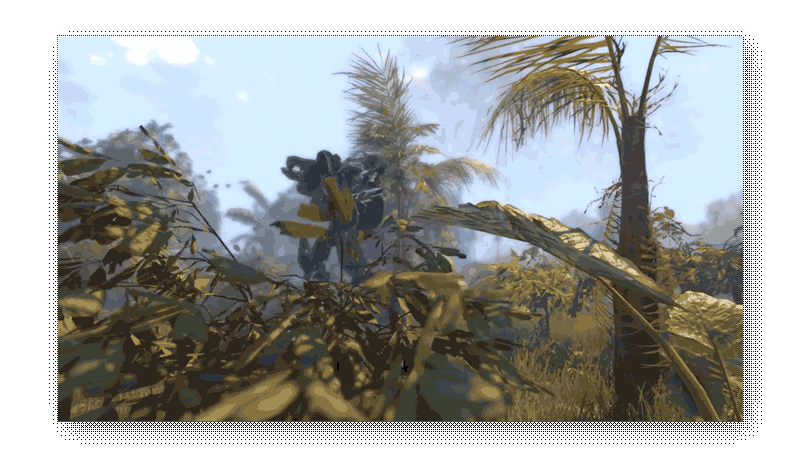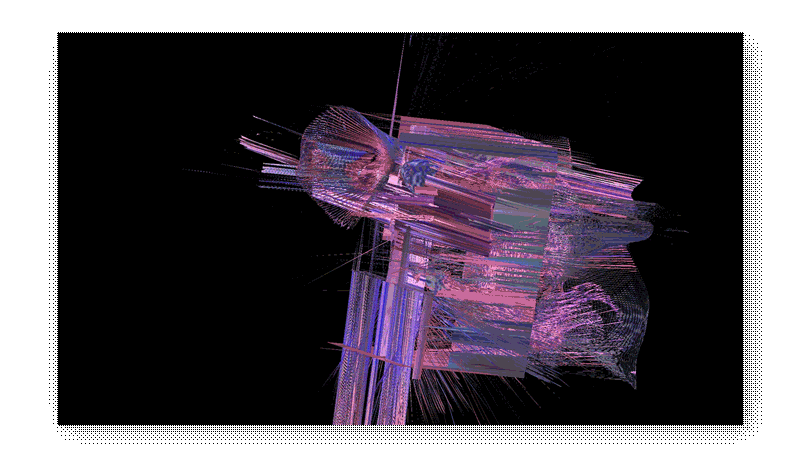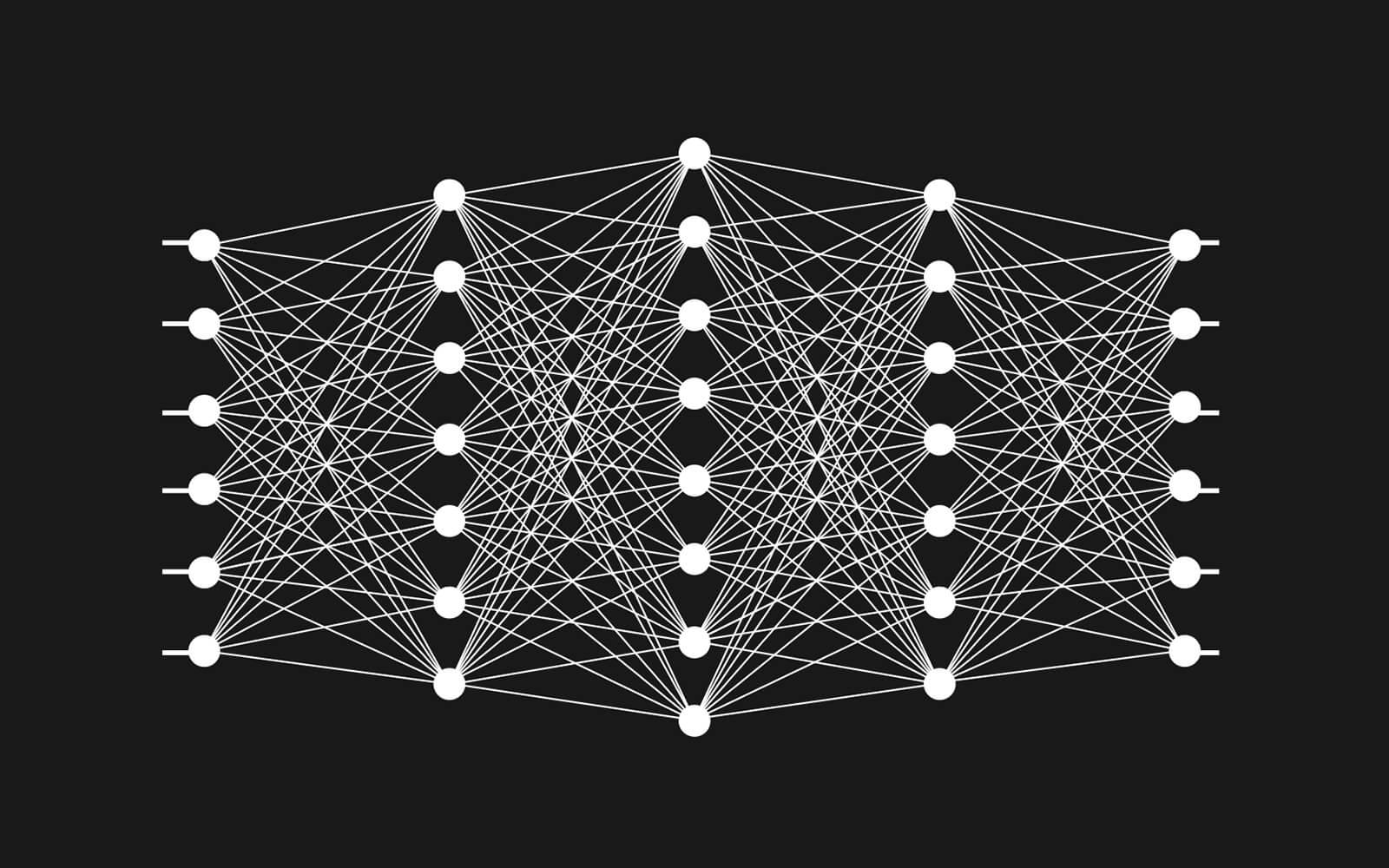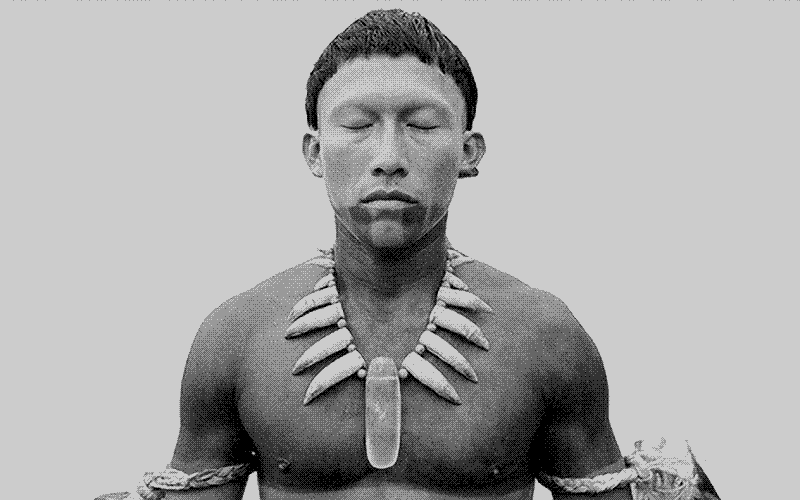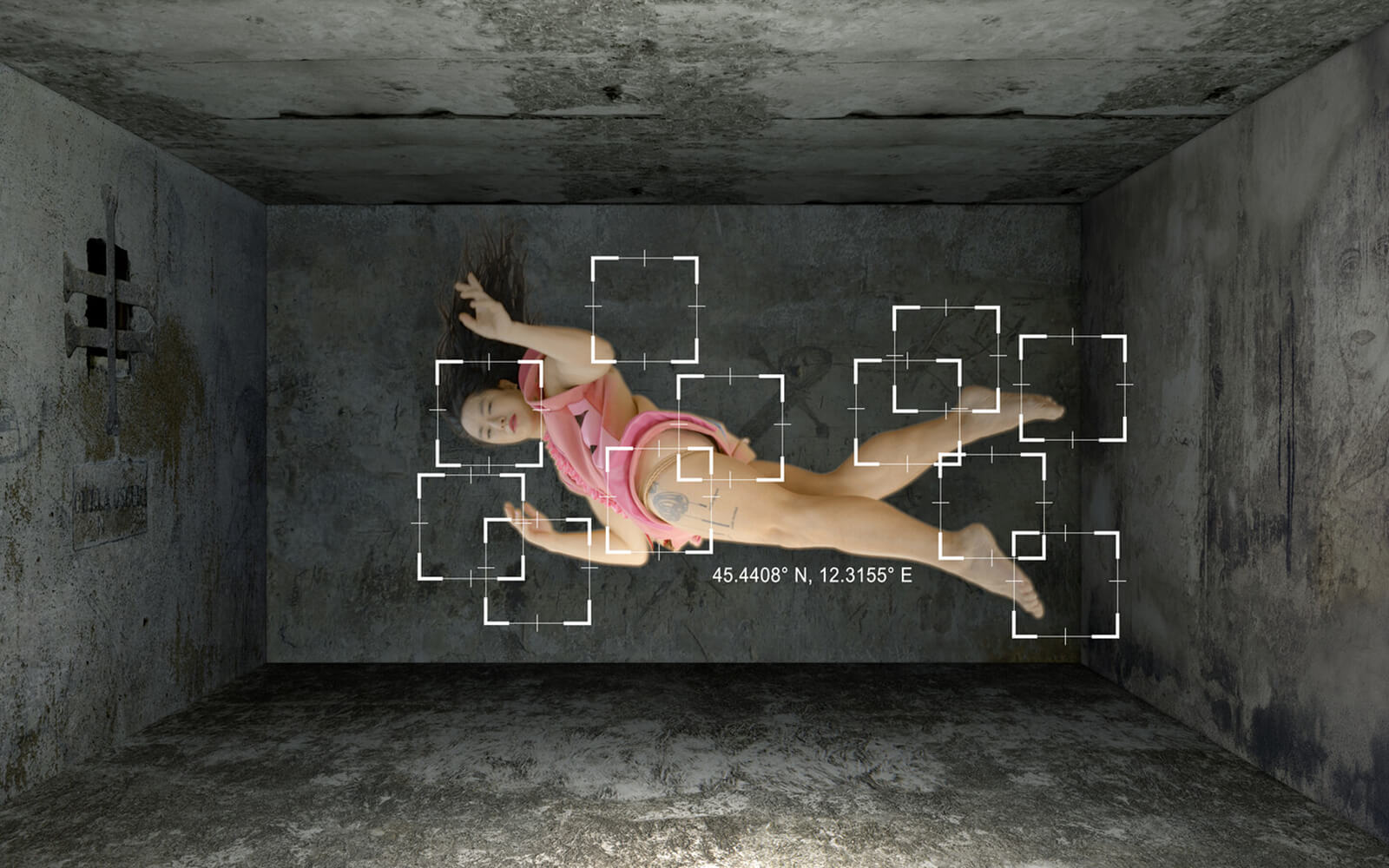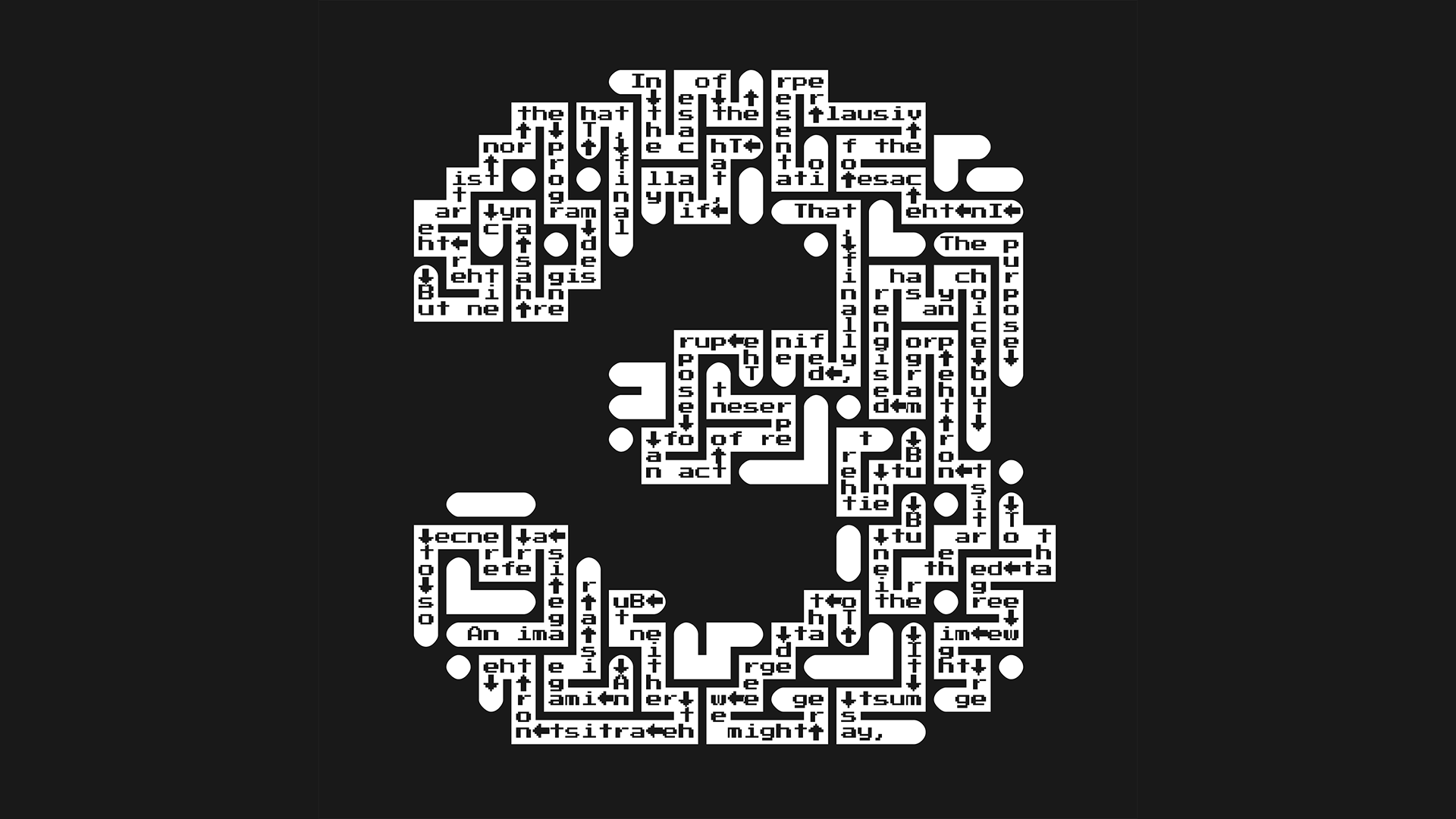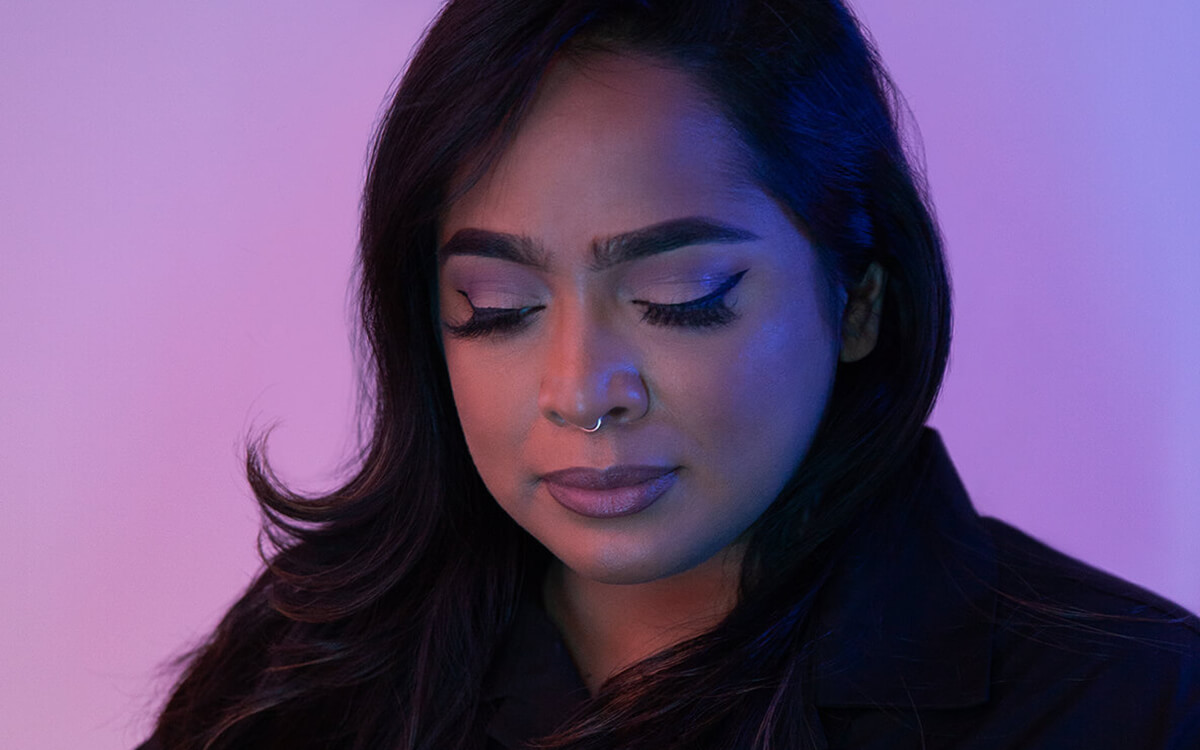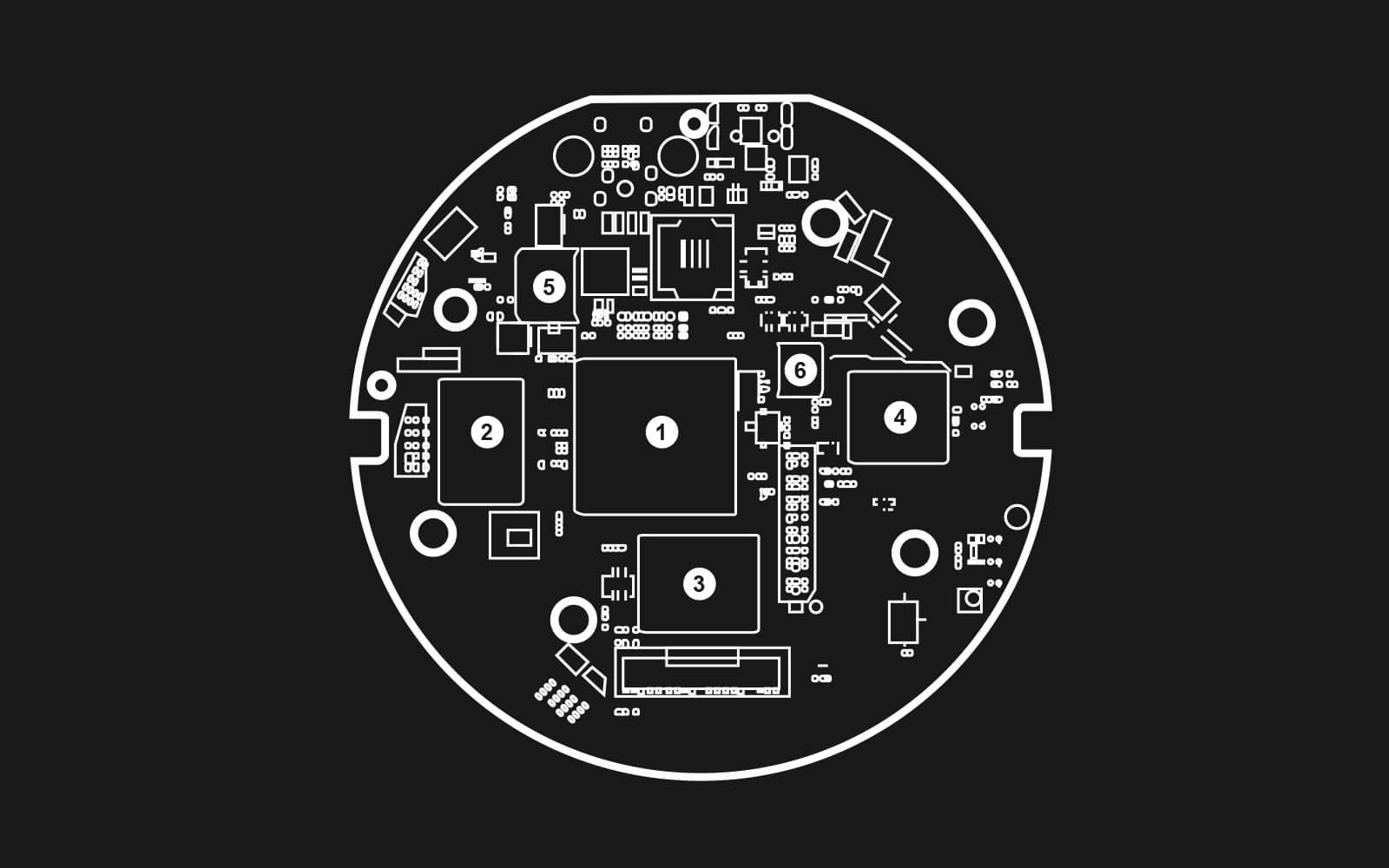HOLO 3: Thinking in Public
“Myths unfold in real-time alongside critical ‘reveals,’ unveilings, and clarifications. Cultural gaps between the humanities and the sciences expand even as artists and interdisciplinary practitioners work to collapse them.”
“In this year’s Annual, we’ll engage with the new responsibilities that critics, theorists, programmers, technologists, and artists have to cut through the confusion and obfuscation ever unfolding around computation.”
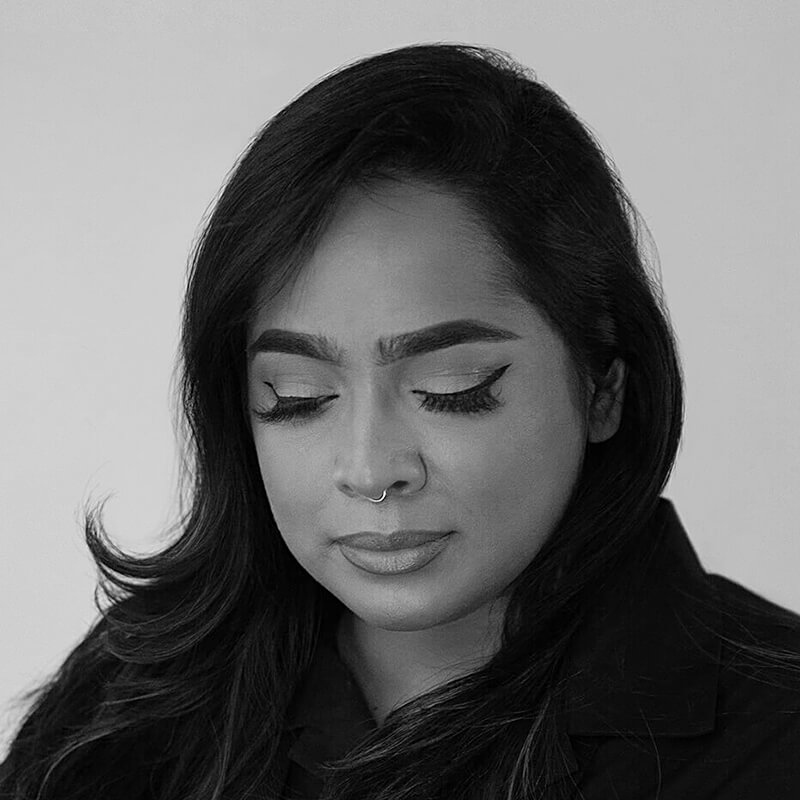
Nora N. Khan is a New York-based writer and critic with bylines in Artforum, Flash Art, and Mousse. She steers the 2021 HOLO Annual as Editorial Lead
I am thrilled to join HOLO as the Editorial Lead for this year’s Annual. I’m Nora; I’m an editor, writer, critic, teacher, and curator. For ten years on, I’ve been editing and writing about the cultural impacts of technology, with a focus on developing what Sara Watson describes as “constructive technological criticism.” My hope has always been to expand the terms of what writing about and through technological and mediated culture can be. I’m particularly excited to join the thoughtful team at HOLO in producing the Annual to continue such work.
In working with, writing about, and teaching artists, technologists, and all in between, I keep returning to the importance of carefully weighing the language we use about technology. Right there—that “we”—is a bad tic that’s entered my own writing, influenced by years of reading technological criticism and essays that posit a “We” of our collective relationship to techne. As we are flooded cognitively by algorithmically-generated and human-generated discourse, I am especially interested in tracking, noting, the ways criticality is abraded by not just platforms, but also by the frameworks and terms of critique on offer. Even as critical analyses of the stakes of “new and emerging technologies” have become more common, sought out, and lauded as very necessary, there is ever the language of magic and enchantment entering alongside, almost hand in hand with developments in AI and machine learning.
Myths unfold in real-time alongside critical ‘reveals,’ unveilings, and clarifications. Binaries around understanding or misunderstanding proliferate. Cultural gaps between the humanities and the sciences expand even as artists and interdisciplinary practitioners work to collapse them. Many examples of extreme computational power increasingly claim space outside of, or beyond, language, critique, and historical understandings of power, sovereignty, and narrative. In this year’s Annual, we’ll engage with the new responsibilities that critics, theorists, programmers, technologists, and artists have to make sense of the mess, to cut through the confusion and obfuscation ever unfolding around computation. In the process, maybe we’ll even find ways to not say “the intersection of art and technology,” and revel instead in all the ways that technology has always drawn on artistic research, and artistic production has been technological or systematic.
“The process of thinking through the Annual should take place in public, and is made more rich by being in public.”
Flux-Intersection Plate, Jules Litman-Cleper’s simulation art, which is live at http://shapedthought.com
“Over the next few months, I hope to share the thinking and conversations around the development, along with emerging experiments, works, and framings.”
The process of thinking through should take place in public, and is made more rich by being in public. Over the next few months, I hope to share the thinking and conversations around the development of the Annual as a print publication and archive, along with emerging experiments, works, and framings. I will talk through these tensions, between legibility and obfuscation, right here on the blog. We’ll talk about the debates and questions driving the issue, and how they’re being explored on the editorial and research side. I want you to be witness to the process of developing the frame and core themes for this year’s Annual, and to that end, I hope to be in conversation with you, and hear your thoughts. Please feel free to e-mail me here at nora@holo.mg about anything that sparks your interest in these posts.
Next up on the blog: an announcement of our Research Partner. The Research Partner is a vital part of the development of our theme: they are a sounding board and challenge. I will share reflections on my conversations with them, and further down the line, the invited artists, scholars, thinkers who will appear in the issue. Whether we will be talking through predictive methods and histories of algorithms, or broader cultural myths of the role of technology and creative practice, this blog will be a form of representing process in public, of making the collaborative process of producing a magazine—so often hidden in the back alleys, in shadows—fully legible. I’m delighted to share the process with you. Let’s begin.
